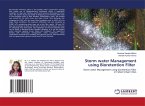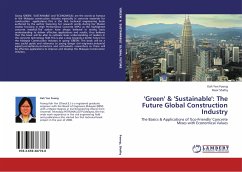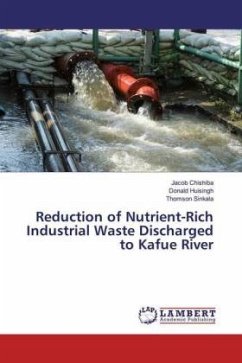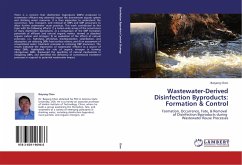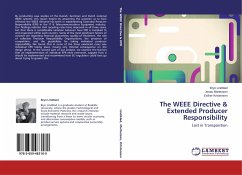This study was focused on 15 vegetated and 6 barren bioretention mesocosms established in Australia. The objectives were to quantify the moisture and organic matter content in the soil, and nutrient content in plant tissues grown in bioretention mesocosms. Five native species; Banksia integrifolia, Callistemon pachyphyllus, Carpobrotus glaucesens, Dianella brevipedunculata, and Pennisetum alopecurioides were chosen. There was a significant difference in leaf TN content for Callistemon, Pennisetum & Dianella and root TN content for Banksia, Callistemon, Dianella and Pennisetum for the different media. TP content differed significantly in root and leaf of Pennisetum for the different media. Plant biomass in loam retained the highest percentage of TP. Though the cumulative TP retention was highest in sand media, the percentage retained in plant biomass was the least. Similarly, plant biomass in gravel retained the highest percentage of the total NOx. Likewise, the TN retained by thevegetation was highest in gravel. The percentage uptake of TN by vegetation was least in sand, though the actual TN retained by the system was highest in sand (864kg/ha/yr).
Bitte wählen Sie Ihr Anliegen aus.
Rechnungen
Retourenschein anfordern
Bestellstatus
Storno


